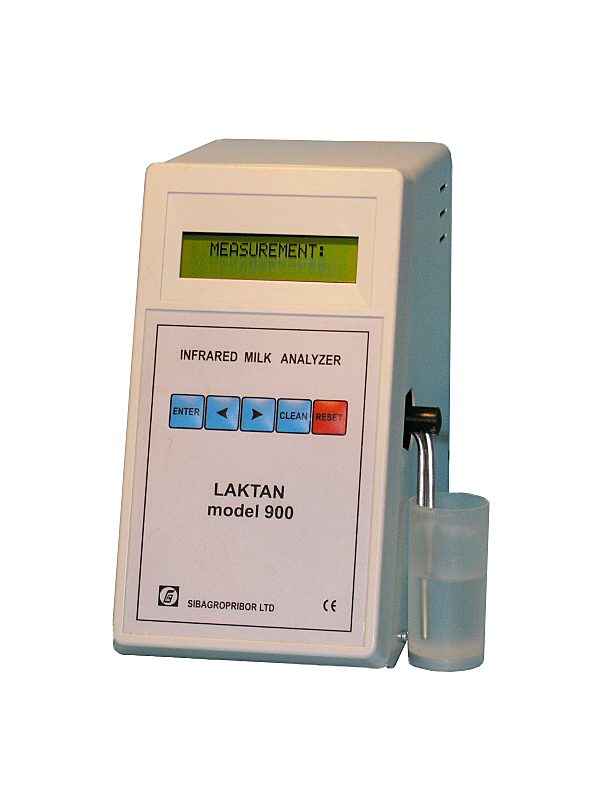
In this webinar we will present data from research conducted at University of Hohenheim on crystal samples of Sodium Chloride, Mono Sodium Glutamate (MSG) and Sugar. These crystals all exhibit particle shapes which diverge from spherical shape by different degrees. These different particle shapes, as well as sizes, can be measured and quantified on the same instrument – a dynamic image analyzer. Those measurements were compared with measurements made on other instruments – a stand-alone laser diffraction analyzer, a simple scanner reporting size and shape, and a manual microscope and SEM. We’ll show how the image analyzer provides data that agree closely with sizes and shapes measured on the other three instruments, in all three orthogonal dimensions and on a much larger and representative sample of particles. Particle shape is becoming an ever more used measurement technology in characterizing particulate samples, because size alone is recognized to often not provide distinguishing differences among samples.
Join us in learning more about Image Analysis and how it has become the most common technology for measuring particle morphology. Special guest, Patrick Wilms from the University of Hohenheim will talk about his experience using Microtrac’s Microtrac PartAn 3D and the advantages of imagining technology.
This webinar is scheduled for Thu, Jun 20, 2019 11:00 AM – 12:00 PM EDT.
| Register Here |
Unable to attend? Register to receive the webinar recording!


 Microtrac’s Sync uses an innovative hybrid method of particle size and shape measurement that combines laser diffraction and image analysis. Metal Powders require high flowability and packing density for even, fast loading and high strength in final parts. Key parameters to spec are Sphericity, Smoothness, and Size Distribution. These properties are important for outgoing QC for Metal Powder manufacturers and incoming QC for Powder Metalllurgy parts manufacturers. This presentation describes the QC requirements and a combination analytical instrument which measures them.
Microtrac’s Sync uses an innovative hybrid method of particle size and shape measurement that combines laser diffraction and image analysis. Metal Powders require high flowability and packing density for even, fast loading and high strength in final parts. Key parameters to spec are Sphericity, Smoothness, and Size Distribution. These properties are important for outgoing QC for Metal Powder manufacturers and incoming QC for Powder Metalllurgy parts manufacturers. This presentation describes the QC requirements and a combination analytical instrument which measures them. With over 25 years at the forefront of technological advances in measuring material size and shape in real-time, Microtrac is the established leader in delivering innovative analysis solutions.
With over 25 years at the forefront of technological advances in measuring material size and shape in real-time, Microtrac is the established leader in delivering innovative analysis solutions. Morphological properties, which include size and shape, are important quality control specification parameters for metal powders. These properties are important for outgoing QC for Metal Powder manufacturers and incoming QC for Powder Metalllurgy parts manufacturers. This presentation describes the QC requirements and a combination analytical instrument which measures them.
Morphological properties, which include size and shape, are important quality control specification parameters for metal powders. These properties are important for outgoing QC for Metal Powder manufacturers and incoming QC for Powder Metalllurgy parts manufacturers. This presentation describes the QC requirements and a combination analytical instrument which measures them.




